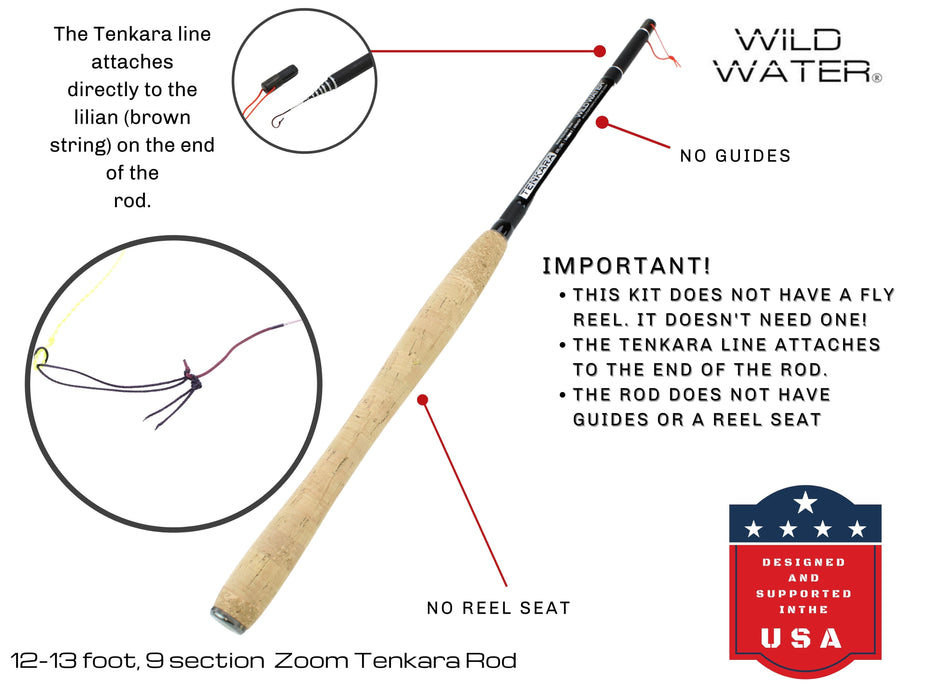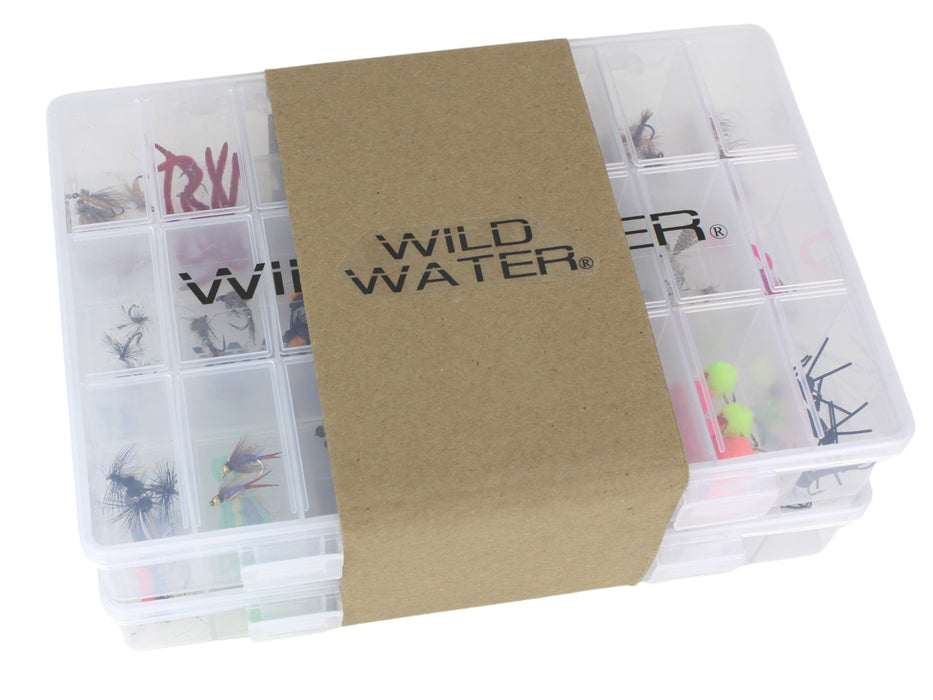
First time jitters are something every fly angler has to endure. The questions running through your head combined with wondering how many fish you will catch can be exciting. There are many different things to remember before and during your first fishing adventure, but don’t be overwhelmed. You’ll get better and better each time you go. No one has ever been a perfect fly angler on their first try.
Here are a few tips to help ease your mind!
Where should I fish?

For a first time fly angler, it’s best to fish slower moving water with wide open banks. You want to find as much open space for casting as possible. As you’re casting, you’ll gain an understanding of the water and identify places to cast. If possible, fish a pond or wide section of a river with room to cast behind you. Spend your time trying all sorts of different techniques: long casts, roll casts, water loading casts, etc.
Here's a walkthrough of the basic casting techniques you'll be practicing on your first outing:
If you try to fish a small stream or fast-flowing river with heavy cover during your first outing it will be a frustrating experience.
Do you have gear that matches the water you will be fishing?
Rod
Study the water you’re planning to fish. What weight rod and reel do you need? A 5 or 6-weight rod and reel will work on the majority of freshwater in the United States.
Flies
Next, you need to know what flies to bring. A common phrase in fly fishing is “match the hatch”. Familiarizing yourself with the best trout flies for different conditions will give you a solid foundation to start with. If you can throw some semblance of what the fish are eating, you’ll have success. When fish are surfacing, throw dry flies. Dry flies are the flies sitting on top of the water or hovering over your head. They’re fully grown and the fish love to eat them. Try to spot the size and color of the flies on top of the water. Look around the plants adjacent to the stream. Look around to see what is flying around above the water. Many aquatic insects the fish are feeding on will be hanging around for you to find.
If you don’t see any dry fly action it's ok. There is more going on under the water than there is on top, stick with nymphs and streamers.
Nymphs represent partially grown flies. These insects haven't transformed into flies so they live in the water near the bottom. Nymph patterns are great to throw before a hatch. The fish almost always hungry and looking to feast.
Streamers most often represent bait fish, crayfish and other large prey. They’re great to throw in deeper sections of the water.
Other Essential Equipment
Beyond your rod and flies, you'll need several other items for a successful first outing. Waders, polarized sunglasses, nets, forceps, and safety equipment all play important roles in fly fishing. Our detailed guide covers everything you should bring when fly fishing, helping you avoid common oversights that can cut your first trip short.
What do I do when I first get to the water?
It’s best to prepare your rod and other equipment when you first arrive at your location. You won’t have to spend time on the water setting everything up and as soon as you leave your vehicle, you’ll know you’re ready to fish.
Whenever you’re picking a place to start, it’s smart to spend some time reading the water before you begin casting. Where are the pools? Where is the structure? Is there any visible fish activity?
Spend 10 or 15 minutes along the banks observing the hatches, water and casting lanes. You’ll want room to work your fly rod. As a result, you may have to sacrifice a perfect spot because you are unable to make a presentable cast.
What do I do if I’m not catching anything?
You’ll learn early on as an angler that there are plenty of days when you won’t catch anything. This is especially normal on your first try. Don’t be afraid to experiment early in your fly fishing career. Try different flies, different casting methods and different locations. It takes time to learn water and tendencies of fish.
Stay confident! The more experience you gain, the better. If you’re willing to ask questions and work hard, you’ll have a successful angling career. As you build experience through these early outings, explore these comprehensive fly fishing tips that will help you troubleshoot specific situations and refine your approach based on what you're observing on the water.
































































